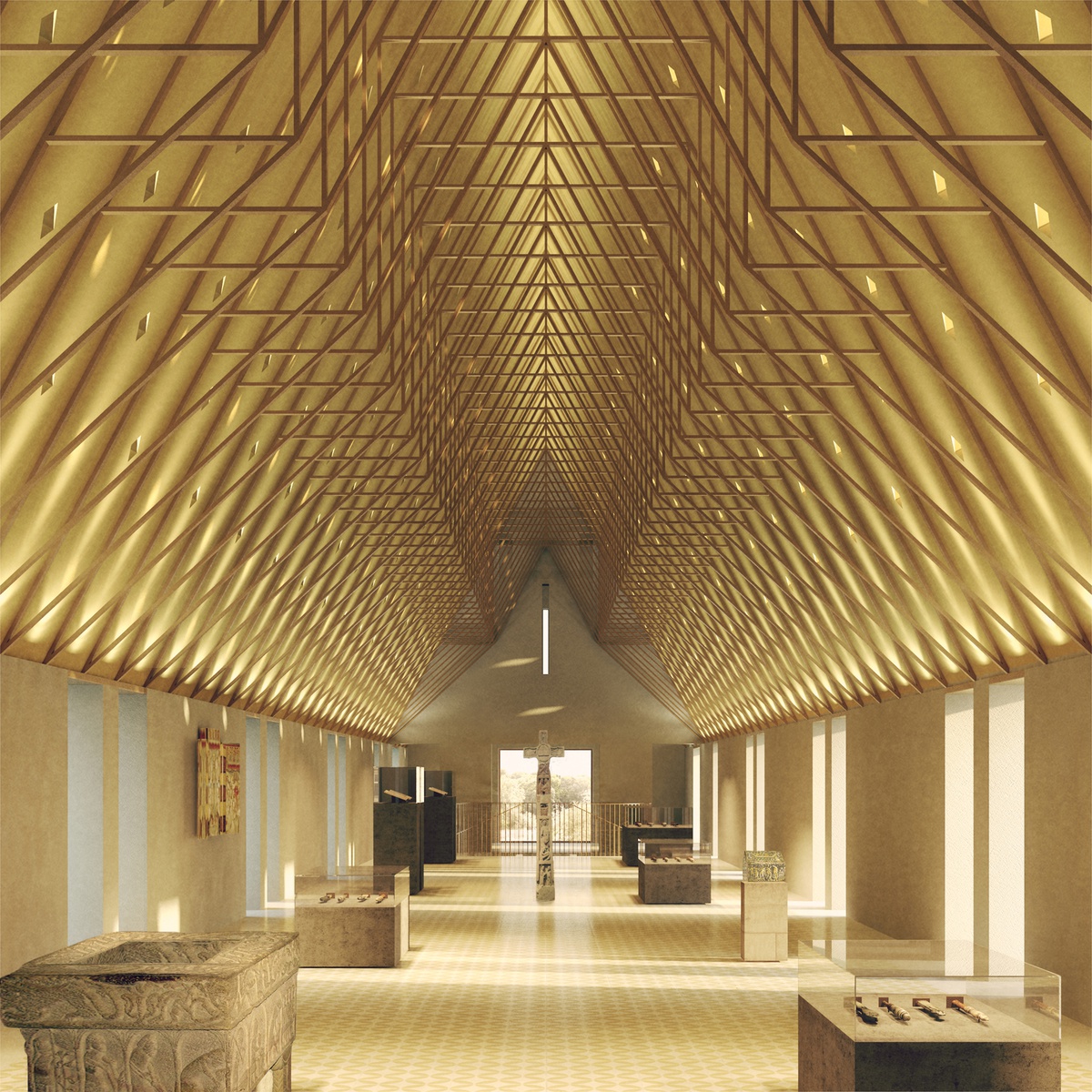AUCKLAND CASTLE COMPETITION WIN
FEBRUARY 2014

Niall McLaughlin Architects and Purcell have won the competition to transform Auckland Castle in County Durham into a national museum of religion and religious art. The former historic home of the bishops of Durham, the castle is considered to be the third most historically significant ecclesiastical complex in Europe, after the Vatican and Avignon. Auckland Castle was bought by businessman and philanthropist Jonathan Ruffer who aims to turn it into a major visitor attraction and heritage site in the North East. The client hopes to receive funding from the Heritage Lottery Fund in support of the project and set up the Auckland Castle Trust to oversee the restoration and development of the castle and grounds. The central attraction will be the rare paintings by Spanish artist Francisco de Zurbarán, considered to be some of the most significant religious treasures in Europe and part of the castle’s history for more than 250 years.
Auckland Castle Website
ATHLETES OCCUPY OLYMPIC HOUSING
AUGUST 2012

In the run up to the London Olympics, the Athletes’ Village housing block N15, is now occupied with athletes’ preparing for the games. Niall McLaughlin Architects have designed the external skin of the housing block on a ‘chassis’ designed by Glen Howells. The facade samples fragments of the Elgin Marbles, scanned from the British Museum and converted into 3D pre-cast panels depicting galloping horses from the Parthenon Frieze.
Niall McLaughlin commented on the practice’s approach to the unusual commission in Building Design. ‘I was very interested in the principle of the facade being delaminated from the building’s core form. Usually it’s something one tries to swim against to retain a sense of ‘authenticity’, but here we decided to embrace it….I like the idea of setting Ruskin’s conception of the craftsman against the absolute Taylorism of the construction process. Through digital reproduction, these deracinated stones are now doubly lost.’ (Building Design 27.01.2012)

